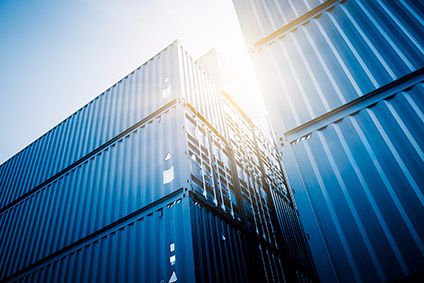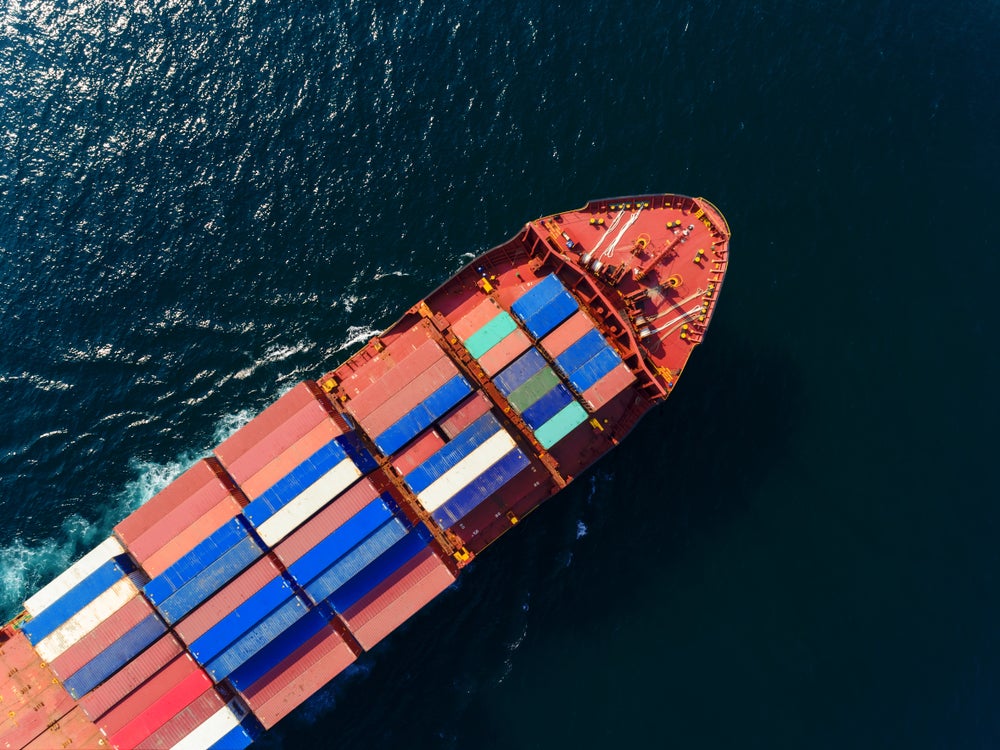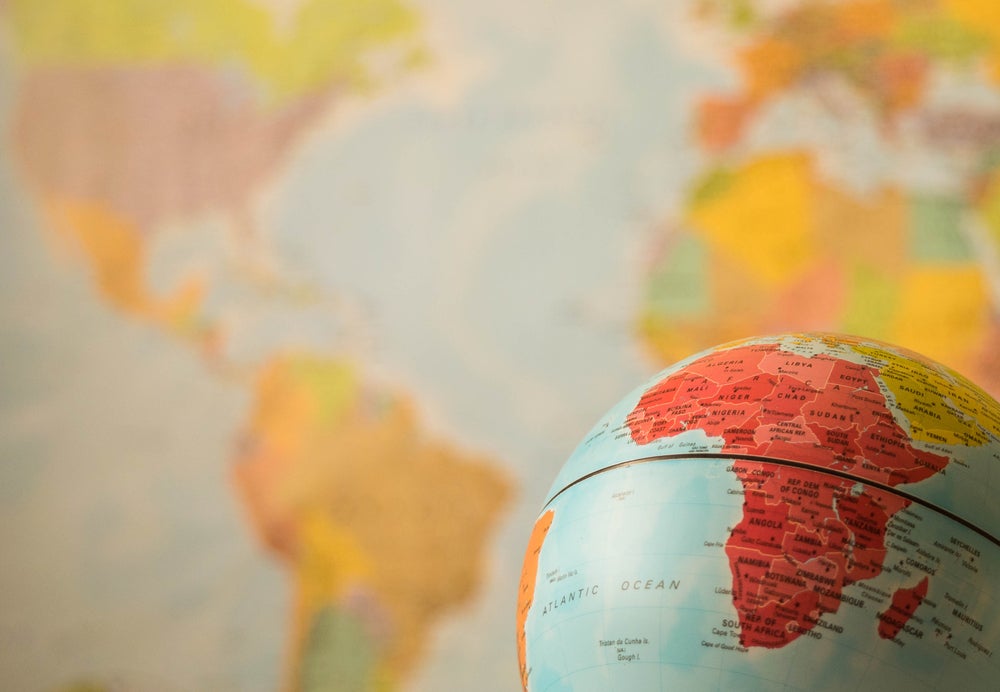
International trade in textiles and apparel tumbled by almost 12% year-on-year in the first quarter of 2020, outpacing a 5% decline in overall merchandise trade.
The latest data from UNCTAD (the United Nations Conference on Trade and Development) forecasts overall trade in goods is expected to continue its nosedive in the coming months as economies struggle to recover from lockdown measures used to slow the Covid-19 outbreak.
It points to a 27% drop for the second quarter and a 20% annual decline for 2020.
“There is still a lot of uncertainty about the possibility of any economic recovery in the second half of the year,” says Pamela Coke-Hamilton, UNCTAD’s director of international trade.
“International trade is likely to remain below the levels observed in 2019,” she adds, “but how far depends on the pandemic’s evolution and the type and extent of the policies governments adopt as they try to restart their economies.”
See Also:
The first edition of the Global Trade Update, the UN organisation’s new quarterly report providing a comprehensive snapshot of international commerce and the main issues affecting trade flows, also shows an increasingly worrying scenario for developing countries.
How well do you really know your competitors?
Access the most comprehensive Company Profiles on the market, powered by GlobalData. Save hours of research. Gain competitive edge.

Thank you!
Your download email will arrive shortly
Not ready to buy yet? Download a free sample
We are confident about the unique quality of our Company Profiles. However, we want you to make the most beneficial decision for your business, so we offer a free sample that you can download by submitting the below form
By GlobalDataPreliminary data for April suggests the sharpest downturn for South Asia and the Middle East, which could register trade declines of up to 40%. Meanwhile, the East Asia and the Pacific regions appear to have fared best, with trade drops remaining in the single digits both in the first quarter of 2020 as well as in April.
“For developing countries, while declines in exports are likely driven by reduced demand in destination markets, declines in imports may indicate not only reduced demand but also exchange rate movements, concerns regarding debt and a shortage of foreign currency,” the report says.
China appears to have fared better than other major economies in April, registering 3% growth for exports. But the most recent data indicates that the recovery may be short-lived, as the nation’s imports and exports fell by about 8% in May.
“In general, the variance across sectors,” the report says, “has been driven by decreases in demand and disruptions of supply capacity and global value chains due to Covid-19.”
LDCs hard-hit
A separate report from the World Trade Organization (WTO) also notes least-developed countries (LDCs) – which include many of the world’s leading clothing exporters – are likely to be the hardest hit by the crisis.
The world’s poorest countries have not only seen a significant decline in export earnings due to decreasing demand in key markets, falling commodity prices and a decline in remittances – but have limited resources to stimulate growth.
The WTO says manufacturing LDC exporters of textiles and clothing products are likely to experience a significant fall in export revenues in 2020. For instance, according to the export promotion agency of the Government of Bangladesh, the country’s exports registered an 83% decline in April 2020 compared to April 2019. While Bangladesh and Cambodia are reported to have received order cancellations worth several billion US dollars.
“Moreover, some retailers in export destinations have started to file for bankruptcy protection, causing significant worries to suppliers in LDCs, as existing contracts risk being cancelled,” it adds.
There are currently 47 LDCs, 36 of which have become WTO members. They include Bangladesh, Cambodia, Haiti, Lesotho, Madagascar, Myanmar and Tanzania.
Cambodia is about to be dealt yet another blow, after the European Union decided to suspend duty-free access for some products from 12 August. Click on the following link to read: How will EU trade curb affect Cambodia’s apparel industry?
Action plan for trade
A group of WTO members, known as the Ottawa Group, has also released a number of trade policy-related measures they plan to take to support an “inclusive, sustainable, and resilient” global economic recovery from the pandemic.
The 13 members, including the EU, Canada, Japan, and Mexico, are encouraging other WTO members to follow suit, and have outlined a number of action points for ministers.
On its first action – transparency and withdrawal of trade-restrictive measures – the group says the current level of notifications and transparency on trade restrictions imposed in response to the pandemic is “not sufficient.” It says members will ensure their notification obligations are fully met, and that their measures are notified as far in advance as practicable.
As a complement to effective transparency, the Ottawa Group will “lead by example” by exercising “maximum restraint in introducing any trade measures that might serve as an unnecessary obstacle or impediment to trade, and by considering trade facilitative measures where possible.” It will also withdraw any trade restrictive measures introduced in response to Covid-19 “as quickly as possible.”
On e-commerce, the group says it will prioritise and accelerate work on the Joint Statement Initiative on e-commerce, including through informal and virtual discussions, including by the development of a consolidated negotiating text by the end of 2020 at the latest, with the goal of establishing new common rules in trade-related aspects of e-commerce.
The members will also identify ways to take full advantage of the opportunities for trade facilitation in the WTO Trade Facilitation Agreement, including how the adoption of digital solutions can support the movement of essential goods across borders as smoothly as possible.
Another area for action involves instructing officials to explore how best to pursue intensified engagement with stakeholders in order to better inform policymaking.
WTO director-general Roberto Azevêdo says: “The Covid-19 crisis has put huge additional strains on the multilateral trading system – in fact, on the whole global economy. How we respond will be crucial because a strong and effective multilateral trading system needs to be a key part of the global response. This is why the next 12 months or so will be critical to the Organization.”






